3.2K Views· 15 February 2024
How our lungs work | 3D tour of the lungs
The lungs and respiratory system allow us to breathe. They bring oxygen into our bodies (called inspiration, or inhalation) and send carbon dioxide out (called expiration, or exhalation).
Lungs are made up of areas called lobes – your right lung has three lobes, and your left lung has two. Your left lung is smaller than your right because it shares that side of the chest with your heart. The diaphragm, located below the lungs, is the primary muscle of respiration. When we breathe in, the diaphragm moves down to let air into the lungs. When we breathe out, the diaphragm relaxes and lets air out of the lungs.
Your trachea carries air into the lungs. The trachea divides into airways called bronchi. These branch into smaller and smaller airways, and at the end of these airways are tiny air sacs called alveoli. Within the alveolar walls is a dense network of tiny blood vessels. The extremely thin barrier between the air and capillaries allows oxygen from the air you breathe to diffuse from the alveoli and into the blood. As the cells in your body work, they produce a waste gas called carbon dioxide, which is released into the bloodstream. Your lungs get rid of this waste gas when you breathe out.
The oxygen-rich blood then travels from your lungs to the heart, where blood is pumped to the rest of your body. More specifically, it flows from the lungs to the left atrium through the pulmonary veins. Your mitral valve opens to send blood from your left atrium to your left ventricle. When your left ventricle is full, it squeezes, opening your aortic valve. Your heart sends blood to your aorta, where it flows to the rest of your body. At each body part, a network of tiny blood vessels called capillaries connects the very small artery branches to very small veins. The capillaries have very thin walls; through them, nutrients and oxygen are delivered to the cells, and waste products are brought into the capillaries. Capillaries then lead into veins, which carry the deoxygenated blood back to the right side of the heart. From there, it is pumped back to your lungs to collect a fresh supply of oxygen, and the entire cycle starts again.
Timecodes:
0:00 Lobes
0:15 Trachea
0:19 Bronchi
0:24 Alveoli
0:56 Heart
1:13 Aorta
1:21 Capillaries
1:50 Next video
How our lungs work | 3D tour of the lungs


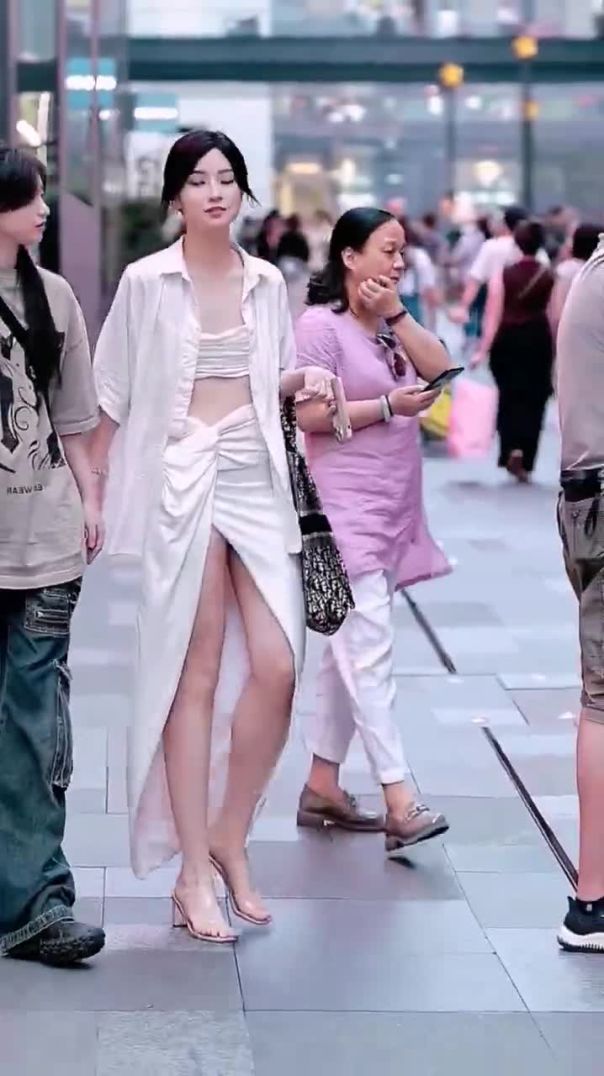
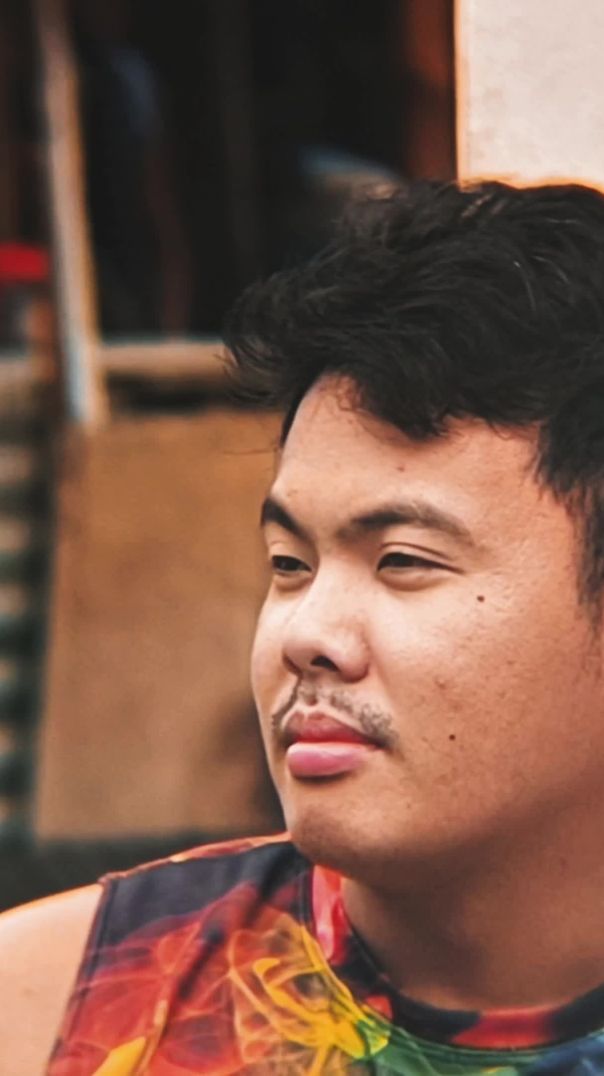
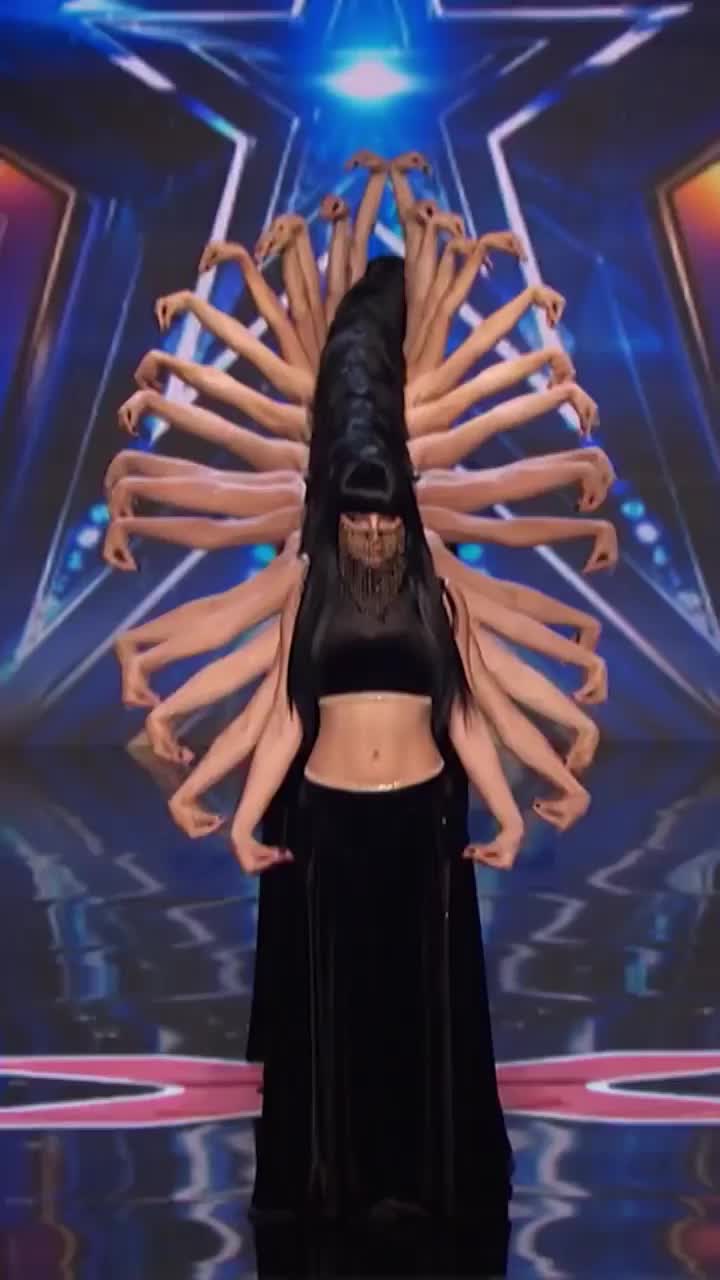
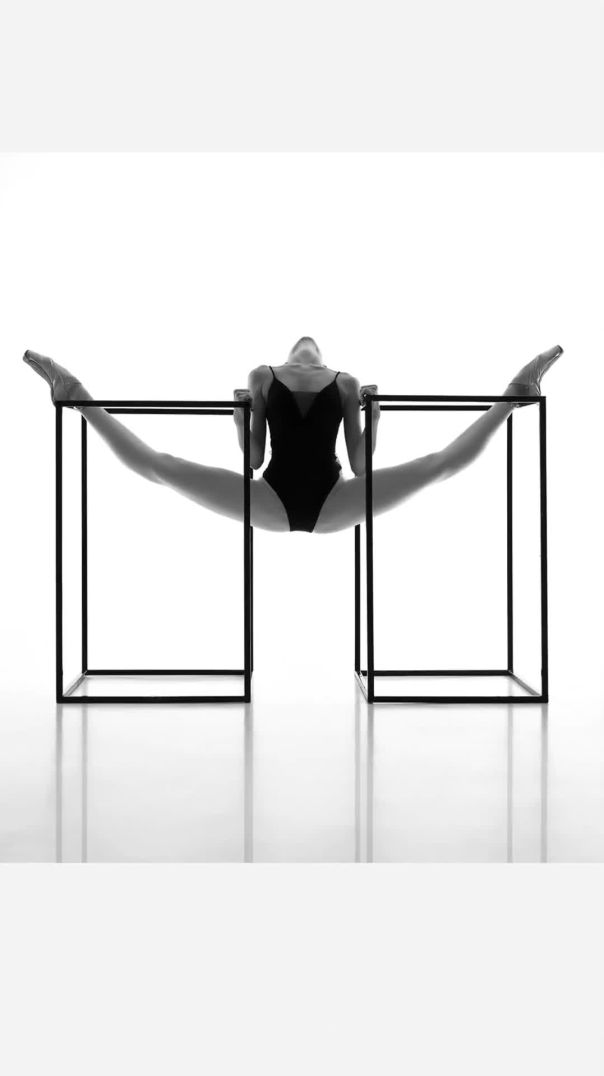
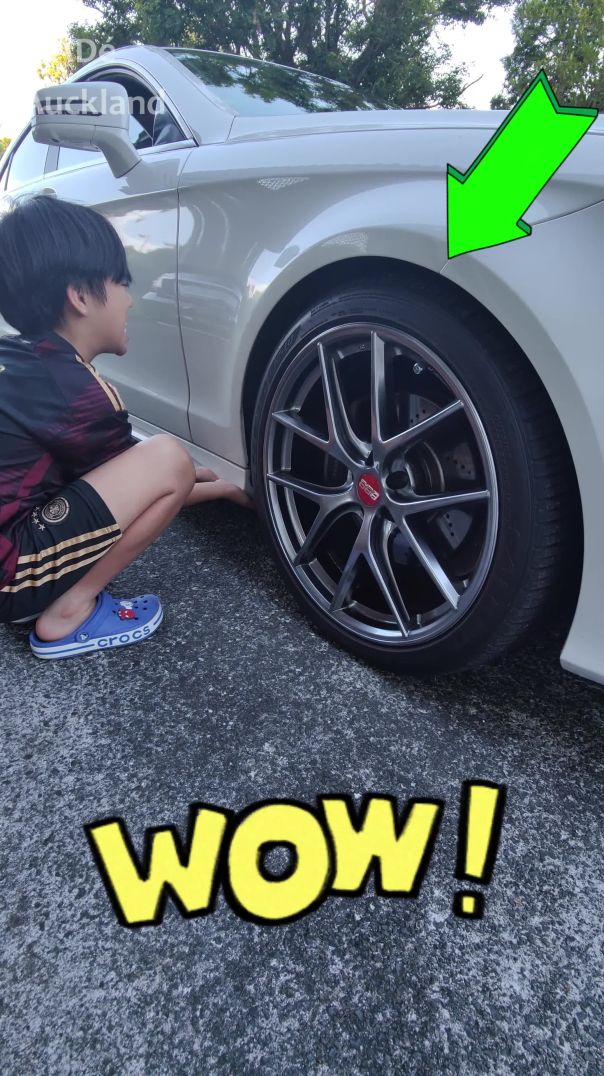
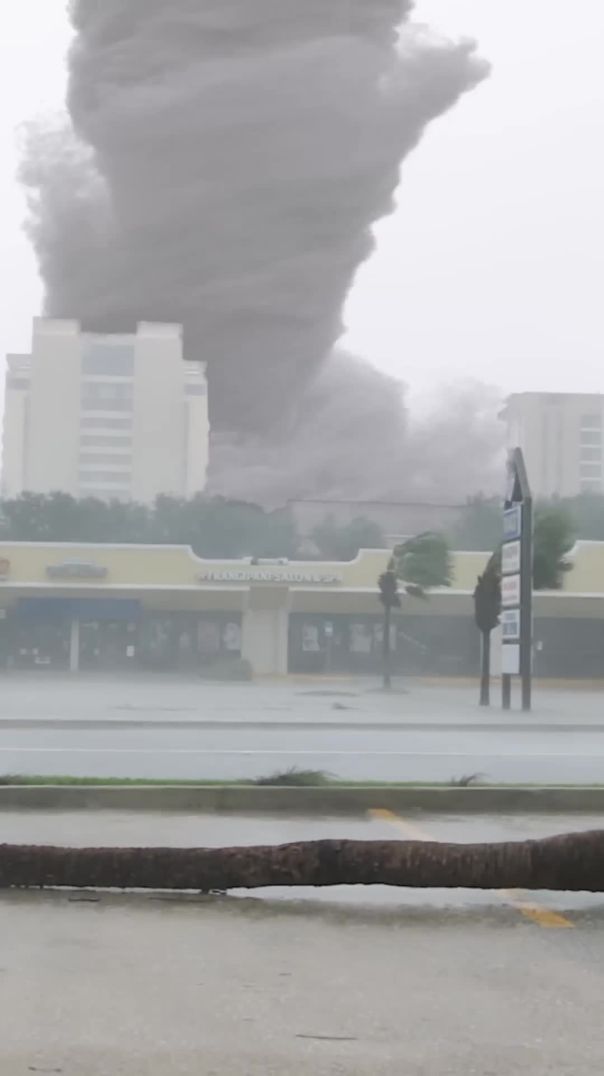
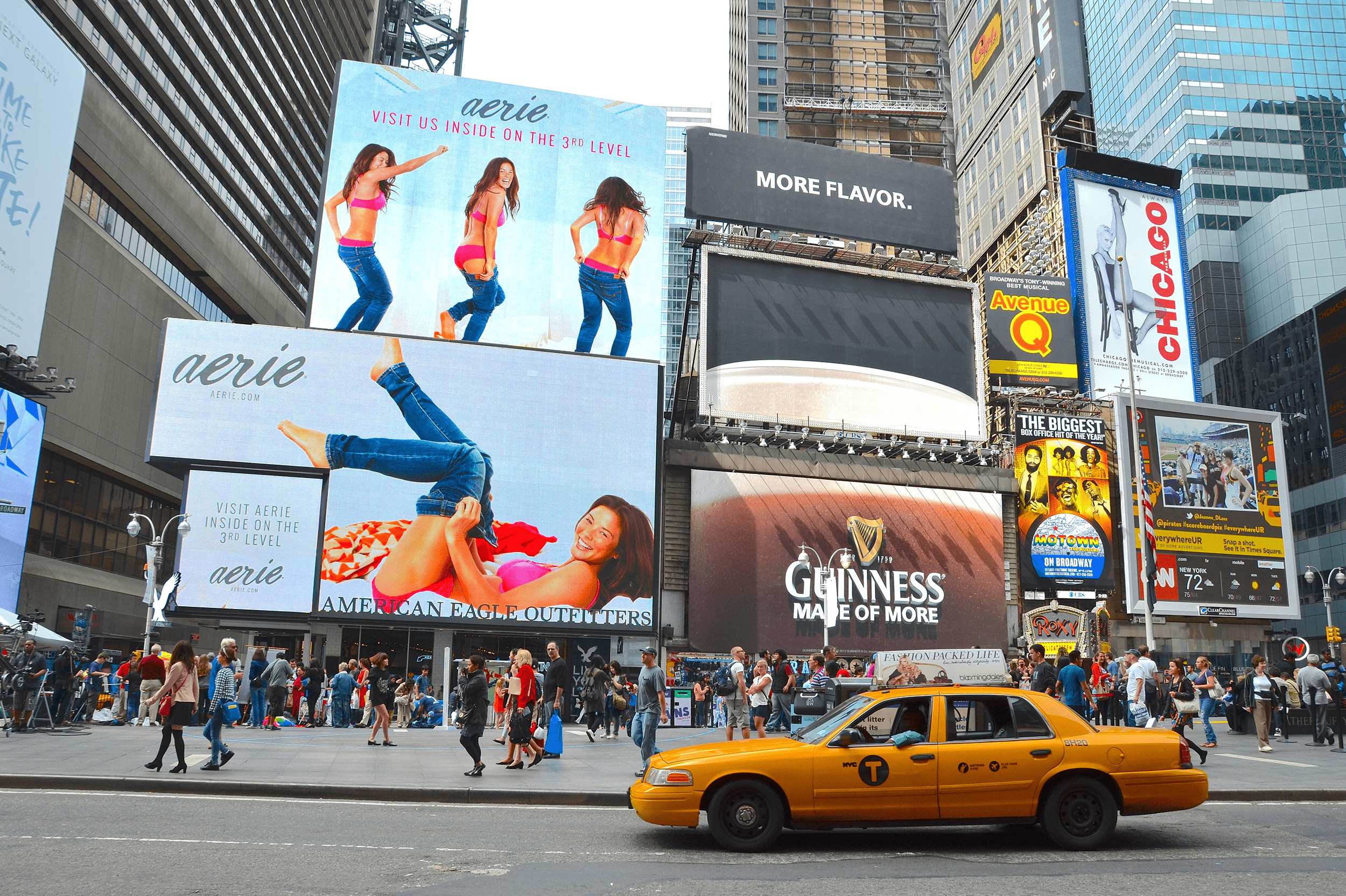


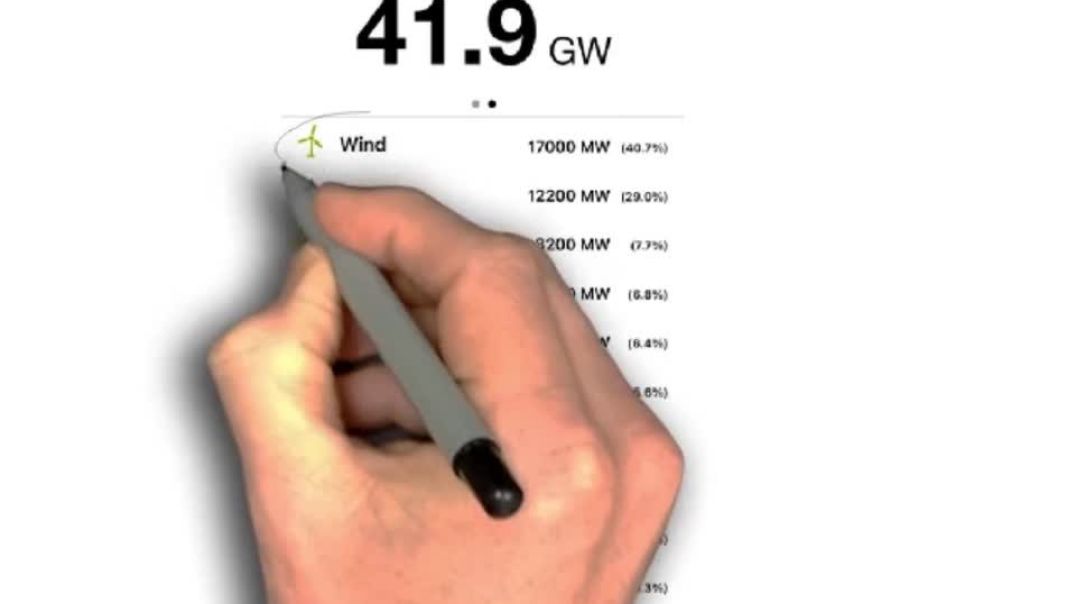


















0 Comments